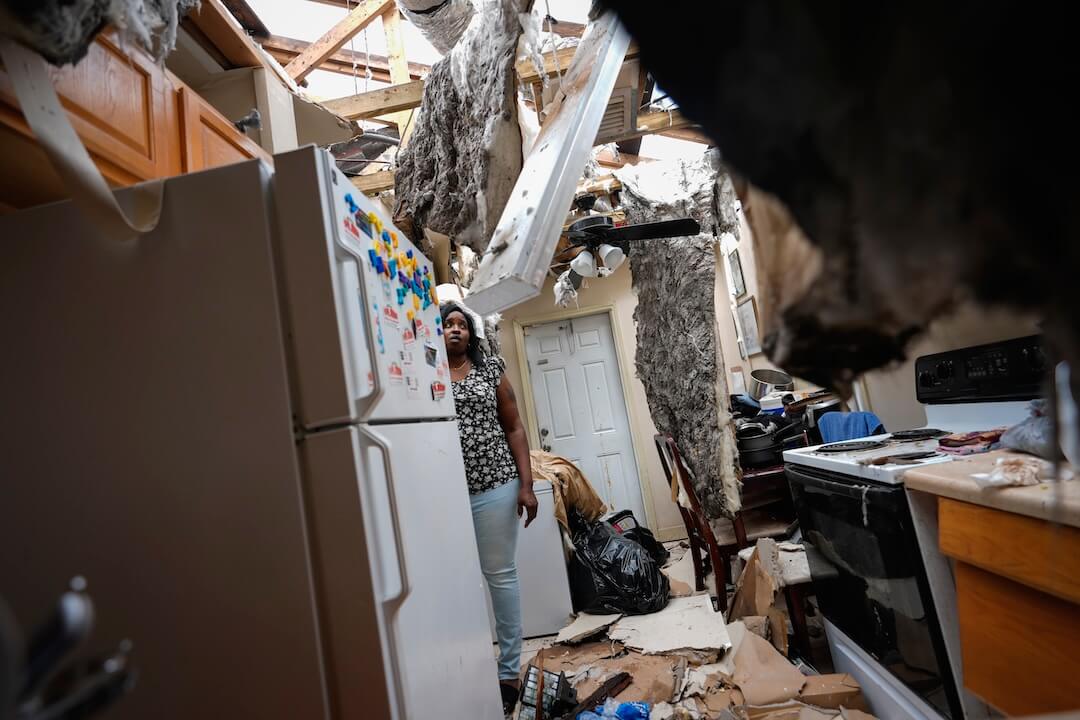The living will is a nice idea that isn’t working, says a report by the Hastings Center expected to be released Thursday afternoon. This news comes after thousands of people created such documents in order to avoid the fate of Terri Schiavo, the woman whose family battled over her death, drawing in the Florida State legislature, the federal Congress and the Supreme Court.
The report suggests new alternatives and explores why making decisions about death has become so difficult, according to an article in The Philadelphia Inquirer by Michael Vitez.
This report comes at time when state legislators across the country are considering new laws that govern medical procedures, including feeding tubes and respirators. It comes at a time when governments are battling over who will pay for hospice care and who will make decisions for elderly people when the family can’t or won’t. It comes at time when investigators are looking into how hospital and nursing home employees cared for the terminally ill during and after Hurricane Katrina.
The Hastings Center report is one more piece of evidence that suggests every newsroom needs a journalist versed in the language of life and death and dying.
You may not have a medical reporter, a health page or a weekly feature on faith and religion. But it’s likely that you do have a lot of baby boomers in your audience. Many of them are dealing with a dying parent. Some of them are starting to think about their own deaths.
Even if you don’t have a contentious family battle end up in court, you might have to cover a change in state laws. And even if you aren’t doing a trend story about people purchasing defibrillators for their homes, you might have to write a story about the choices parents must make when babies are born prematurely.
So what do journalists need to know? I turned to two reporters and a widely-respected medical ethicist to ask them this question. Their answers fell into three categories: basic knowledge, reporting skills and finding stories. Here’s what they said.
Basic knowledge
- The laws. They vary from state to state and they change from year to year, said Art Caplan, a professor of bioethics at University of Pennsylvania, MSNBC contributor and member of Poynter’s National Advisory Board.
- Technology. This might be changing faster than the law, Caplan said. There are nuances to things as simple as feeding tubes, which can be surgically implanted and manually inserted and as complicated as defining what it means to be alive.
- Special populations. Society and the medical community have different standards and expectations for different groups, Caplan said. There are protocols for babies, old people and disabled people. “We treat them all differently,” he said.
- The questions raised by different diseases. Parkinson’s and Alzheimer’s raise very different questions. As do cancer, AIDS and trauma. The stories and dilemmas are common, almost repetitive to insiders, families who’ve watched a loved one progress toward death. But those same stories are foreign to outsiders.
- Research. Relevant studies are published every month. Good reporters know how to read them and translate the information into conversational language, said Diana Sugg, a medical reporter for The (Baltimore) Sun who won a Pulitzer for beat coverage. Much of her work was about dying. “Too much coverage of these issues is shallow and sometimes inaccurate,” she said.
Reporting skills
- Screen and develop sources. It takes time to find the right patients, doctors and nurses, Sugg said. She spent months cultivating the sources that allowed her access to R.J. Voigt, a dying 12-year-old, in order to explore the complex nature of palliative care of children. (She and photographer Monica Lopossay describe their work here; Sugg is also a member of Poynter’s National Advisory Board.)
- Compassion. You make yourself vulnerable when you enter such a private space, said Erin Hoover Barnett, a reporter for The (Portland) Oregonian. “When you cover someone’s dying days, you are becoming part of their story and you are influencing how their family remembers that person and his or her death.”
- Tenacity. It is a common belief in newsrooms that viewers and readers don’t want to read depressing stories. Sugg said she battled doubts about whether there was interest in her story about R.J. the entire time she was reporting and writing it.
- Translation. Doctors, clergy, even funeral directors talk in the language of a sub-culture. They all have important things to say and everyone interviewed for this article emphasized that reporters have to be able to accurately capture the meaning in ways that can be understood by people not privy to that particular subculture.
- Watchdog. There’s a lot of misinformation out there. “We need to develop truth squad practices,” Barnett said. From the state of pain control to the quality of care given by nursing homes or home-health care workers to the efficacy of living wills, reporters can shed light on muddled, confusing issues.
Finding Stories
- Places. Spend some time in a nursing home or hospice, Caplan advised. It will help the uninitiated reporter learn the language, see how some stories are quite common while others are exceptional, and realize that both are important to tell. Do this before you start reporting a specific story and you’ll have more insight when it counts.
- People. The medical community and families in crisis are naturally wary. It will take some time to develop relationships of trust, Sugg said. If you keep looking and explaining your intentions to inform and educate, eventually you will find sources who share that mission.
If resources allowed, most newsrooms could justify devoting a full-time reporter to covering end-of-life issues. Instead, the health reporter, the religion reporter, the legislative reporter and the courts reporter are cobbling together the coverage. In some places, it’s working. In others the coverage is hit and miss.
 To a person, reporters who have covered the journey toward death report overwhelming public response. There is an appetite for information, and, even more importantly, individuals facing their own death or that of a loved one, crave connections with the rest of their community.
To a person, reporters who have covered the journey toward death report overwhelming public response. There is an appetite for information, and, even more importantly, individuals facing their own death or that of a loved one, crave connections with the rest of their community.
“Every time I wrote a story about end-of-life care issues, I had callers who thanked me,” Barnett said. “People are thirsting for information and help in navigating a difficult time in life that can be made so much better if someone just explains things to them.”
Smart editors are developing plans. Smart reporters are getting smarter. The Terri Schiavo story was foreshadowing, not a fluke.
What happens in the days and weeks and months before death has been complicated by technology, health insurance and family dynamics. It resonates across class and culture. It is a universal story.
How are you covering it?







